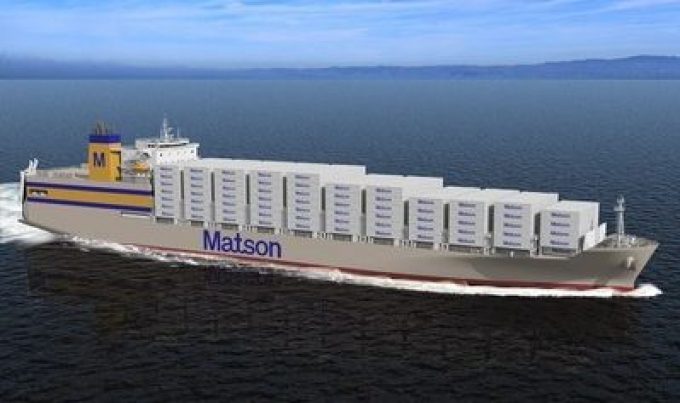Concern over rates peak and Hamas ceasefire 'spooks' container futures
Reports of renewed discussions for a ceasefire between Israel and Hamas have startled shippers and ...

Transpacific container carryings from Asia to the US west coast fell sharply in last year’s fourth quarter reflecting weak consumer demand and concerns over the lack of a new dock labour agreement.
US domestic and transpacific carrier Matson saw its China service volumes collapse by 47%, year on year, in Q4, from 106,000 to 56,000 teu.
The decline followed the Honolulu-based company’s decision to terminate its China-California Express (CCX) premium loop in September, ahead of the peak season, and its quarter-on-quarter comparisons ...
Asia-USEC shippers to lose 42% capacity in a surge of blanked sailings
Why ROI is driving a shift to smart reefer containers
USTR fees will lead to 'complete destabilisation' of container shipping alliances
New USTR port fees threaten shipping and global supply chains, says Cosco
Transpac container service closures mount
Outlook for container shipping 'more uncertain now than at the onset of Covid'
DHL Express suspends non-de minimis B2C parcels to US consumers

Comment on this article